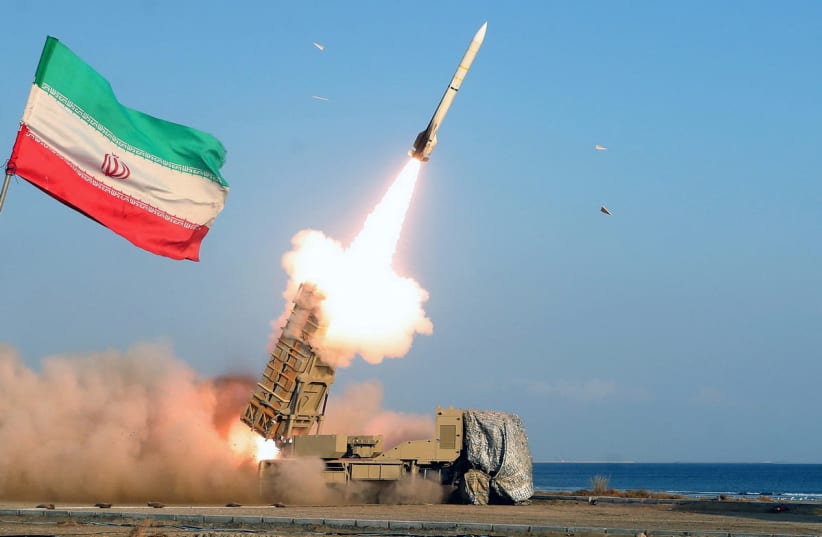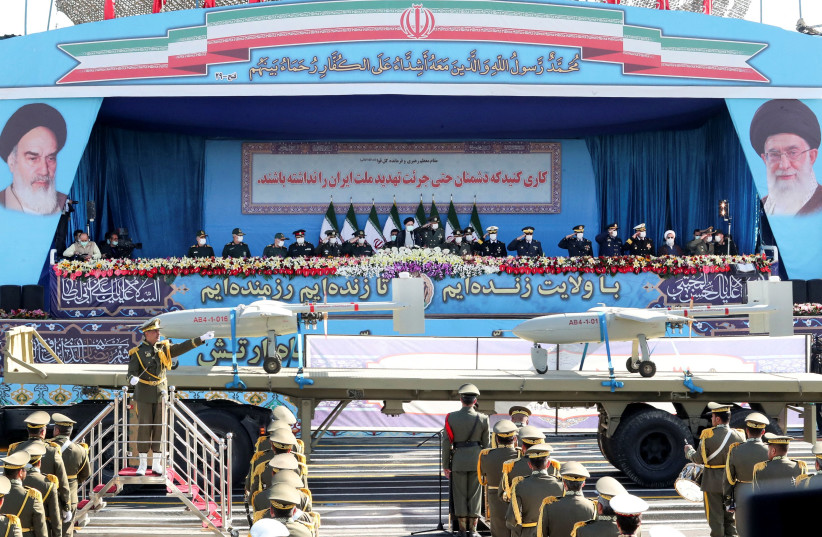A report by the AP and multiple think tanks that Iran is building a new nuclear facility deep underground in the area around Natanz is not new in and of itself.
The Jerusalem Post reported on the issue both in 2020 and extensively in 2022.
However, the question is whether the facility is far enough along, now that Israel, the US and the West are crossing into a new level of being threatened – along with the Islamic Republic possessing enough 60% and 20% enriched uranium for five potential nuclear weapons.
Could Israel successfully strike Tehran's underground nuclear facility?
The problem the new facility presents is simple. If there have been debates about whether Israel could successfully strike Tehran’s underground nuclear facility at Fordow, placed under a 960-meter mountain, the concerns jump significantly with the new facility, which is placed under a 1,608-meter mountain.
No one knows exactly how deep the new facility is underground, but estimates range from 80 to 100 meters.
Some have even suggested that the prized US bunker-buster bomb might not be able to penetrate that deeply.
Add in that Iran is around two weeks away from being able to convert its 60% enriched uranium to the 90% weaponized level, it is not hard to imagine the ayatollahs deciding to conceal that uranium in this new facility and to convert it, thinking its depth gives them impunity.
Add in recent references by Israeli officials that Iran’s weapons group is also making progress, and you could come out with a perfect storm in which, at some point, the Islamic Republic achieves an arsenal of five nuclear weapons that cannot be hit.
And yet, all is not lost.
National Security Adviser Tzachi Hanegbi said the facility was still years away from completion.
OC IDF Intelligence Maj.-Gen. Aharon Haliva on Monday said Iran had not yet decided to break out to a nuclear weapon on either the uranium enrichment or weapons group fronts.
This comes after he warned last November that Tehran would soon experiment with crossing the 90% weaponized uranium level.
In other words, the Haliva of November 2022 seemed more worried about Iran’s immediate intentions than the Haliva of May 2023 (not that his forecast was rosy on Monday).
And even if the Natanz facility gets completed later this year or in the coming years, theories about the IDF’s capabilities for hitting underground facilities are creative, as the IAF often is.
To stop Iran’s underground nuclear facilities from being used, they do not necessarily need to be destroyed – just caused to cave in.
Further, they might be able to be destroyed by several rounds of 5,000-pound bombs dropped one after another in the same spot.
To be clear, this new facility is concerning, and it could make Israel’s or even the US’s job harder should using military force be necessary.
It would be far better if the building of the facility could be thwarted or sabotaged. But in a crisis moment, this facility is still not an Iranian checkmate against the Jewish state.

